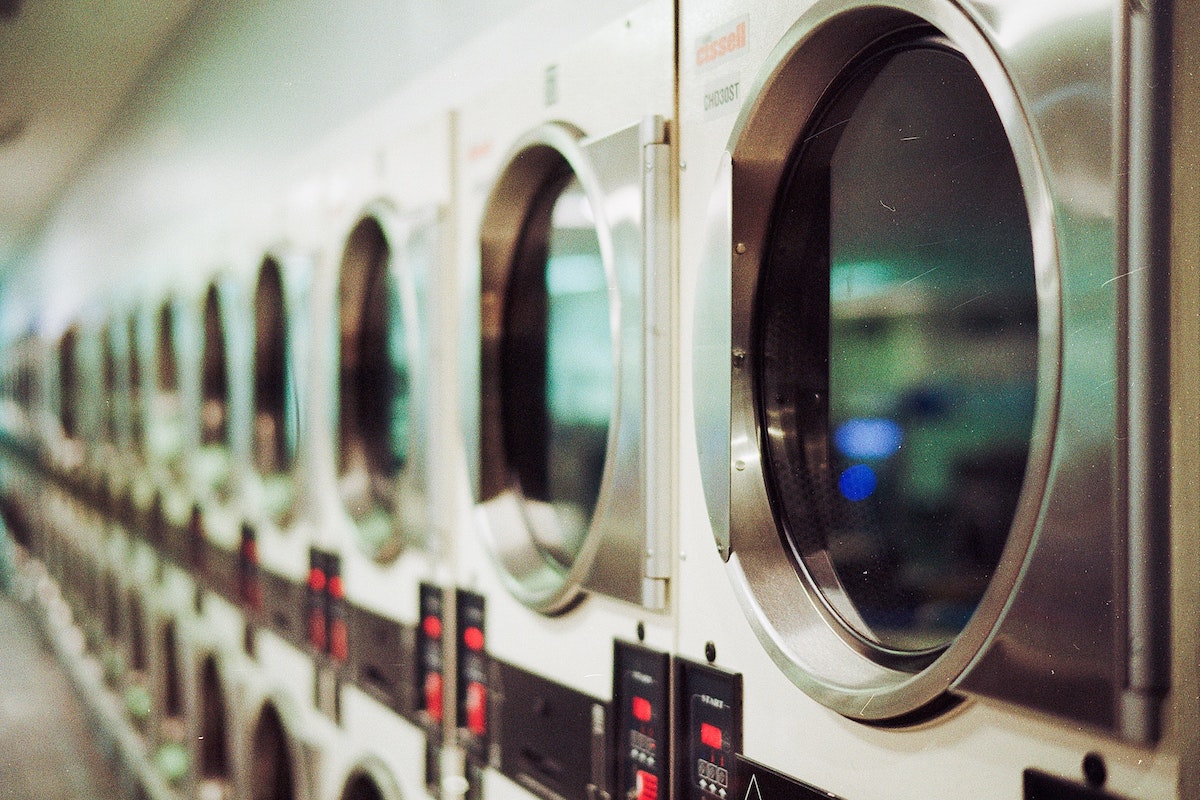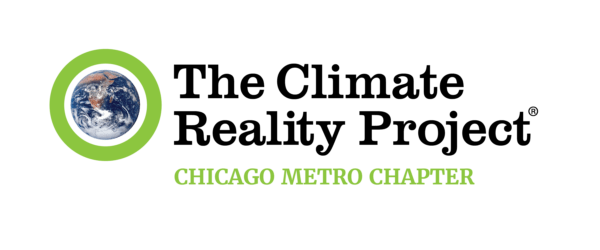
How I learned to love my laundry Part II
By Leah Sorini
A few easy procedures can make all the difference to making your laundry more sustainable.
An important first step is to sort your clothes into blacks, whites, warms and cools, according to How to Love Your Laundry: Sort your smalls, save the planet and never dry clean anything ever again by Karin Miller and Patric Richardson.
To ensure you aren’t wasting water by doing more loads of laundry than necessary, you should strive to do only full loads. One way to make this happen is to alternate which colors you wash every other week.
Protect your Delicates
Silk needs to be turned inside out and placed in a mesh bag so that the clothing doesn’t move around. Wool items, like sweaters, should also be placed in a mesh bag but first folded as if you were about to put it away and then tightly rolled.
If the mesh bag is too big for any of these items, you can fold the bag and tighten it with safety pins. When possible, place one piece of clothing in one mesh bag.
The book also provides specific instructions for certain “dry clean only” items like down coats. If you have a top-loader washing machine like I do, you need to be more careful about how large your load is and how heavy the items are because top-loading washing machines can easily get thrown off balance. As a result, the authors do not recommend washing down items in top-loading washing machines.
Laundry Supplies
Using a plant-based laundry detergent or soap flakes is better for your clothes and our planet. You need less, and they work just the same, if not better, because they are less harsh than typical detergents on your clothes.
Some other laundry supplies I’ve purchased based on the book’s suggestions are:
- Bleach alternative (which is 100 percent sodium percarbonate). An example is The Laundress All-Purpose Bleach Alternative. To treat stains, mix a little bleach alternative with some water. I can attest that this works much better than regular bleach on whites. I’ve also used it on colors to get out specific stains, like blood.
- Dye-trapping sheets: I throw half a sheet in with each load that goes into the wash. These help keep your colors looking brand new and prevent color bleeds.
- A bottle of concentrated, oil-soap stain solution, such as The Laundress Stain Solution. This is pricier than spray stain solutions, like Shout, but it will treat stains better because you typically need less and it will be easier on your clothes.
A few common laundry supplies that Richardson believes you do not need are dryer sheets, chlorine bleach, well-known stain remover sprays and fabric softener. He argues they don’t work well, are hard on your clothes and/or are not good for the environment.
Machine Settings
Washing your clothes in a quick or speed cycle (or whatever is equivalent) uses less water. Your clothes only need to be in the washing machine long enough to get clean, and this cycle ensures they are not unnecessarily getting tossed around.
The book recommends washing everything, regardless of the label instructions, in warm water because warm water activates the soap. Although, heating up the water uses more energy. As an alternative, you can find detergent created for cold water.
Let your clothes hang dry
Like myself, Richardson seems to hang dry most of his clothes. This is better for your clothes, and using the dryer less saves energy. I throw items like sheets, towels, underwear, socks and T-shirts in the dryer. Throwing at least three wool dryer balls in your dryer will reduce the amount of time your clothes need to be in the machine.
While I haven’t included everything the authors recommend, these are the tips I’ve tried and they help me conserve water and energy — and increase the lifespan of my clothes. Give them a try!
Editor’s Note
One unfortunate side effect of doing so much laundry is the release of microplastics into the environment. One of the top sources of the microplastics in the Great Lakes are microfibers from washing synthetic clothes. Learn more about the issue in “Microplastics: A Growing Problem in the Great Lakes,” a presentation Western Michigan Chapter member Art Hirsch gave at our March chapter meeting.
Read Part I of this story about how doing laundry less frequently will save your clothes and reduce waste.

Leah Sorini is a communications professional with experience in writing, project management, strategic planning, community engagement and public speaking. She is involved in the Chicago chapter’s communications work. She’s passionate about raising awareness to encourage action that addresses the climate crisis.



One Response
These are 2 great columns with excellent tips. I thought you might be interested to read our Pitching Plastics columns that we write for the Chicago League of Women Voters:
https://www.lwvchicago.org/pitching-plastics
Here is our web page with much more info at the bottom under tips and tricks. We have a full section on laundry: https://www.lwvchicago.org/environment
Thanks.